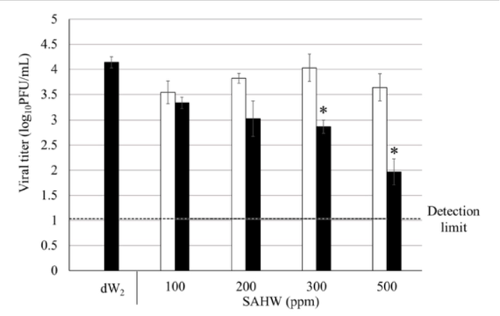Slightly hypochlorous acid can kill virus aerosols in the air after atomization.
Studies have shown that the new coronavirus can be transmitted through droplets and aerosols. Recently, the local epidemic situation has shown many points, wide areas, and frequent clustered outbreaks in many places. Epidemic prevention and control and elimination work are facing very serious challenges. Because in daily life, people will produce droplets and aerosols when they talk, cough, and sneeze, and the droplets of infectious patients contain pathogens. Once healthy people inhale the droplets and aerosols containing pathogens, they are very likely to be infected. .
The Nordic Energy and Environment Research Center has conducted research on the transmission distance of droplets during coughing: when the vertical height of the human body is 1.63m, and the wind speed is 0km/h, the droplets quickly settle to the ground, and the horizontal transmission distance is about 1 meter.
Taking the vertical height of the human body as 1.63m and the wind speed of 4km/h, the droplets can spread horizontally 6 meters away in only 5 seconds.
When the vertical height of the human body is 1.63m and the wind speed is 15km/h (about 4m/s), the droplets can travel 6 meters horizontally in only 1.6 seconds.
When the virus in the droplets spreads in the air, it will form an aerosol state and be suspended in the air after losing moisture, and the virus in the aerosol state is more infectious. Therefore, in order to prevent the spread of the virus, it is not only necessary to isolate and block it from the source, but also to find a suitable disinfectant to inactivate the virus in the air, so as to achieve a safer and more reliable prevention and control effect.
So that, the research team of Professor Yu Miyaoka from Tokyo University of Agriculture and Technology in Japan simulated the propagation environment of aerosols in the air by building a special airtight device (as shown in the figure), and used different concentrations of slightly acidic hypochlorous acid water in the device for atomization and digestion. During the killing process, the virus particles moving at high speed in the air were captured in real time, and then the inactivation effect of the slightly acidic hypochlorous acid water on the virus was analyzed.
The results of the study showed that when the aerosols in the air were treated with the available chlorine concentration of 300ppm and 500ppm slightly acid hypochlorous acid water, the virus titer increased within a few seconds of the contact between the aerosol particles and the slightly acid hypochlorous acid water droplets. The reductions were 1.16 and 1.67 orders of magnitude, respectively, and the decline rates reached 93.1% and 97.9%, respectively, and the killing effect was very significant. It is comprehensively shown that the slightly acidic hypochlorous acid water has a good treatment effect on the high-speed moving virus aerosol in the air, and the virus can be effectively killed within a few seconds after the droplet is in contact with the aerosol. Therefore, the use of slightly acidic hypochlorous acid water for the disinfection of indoor environments can effectively and effectively prevent the spread of viruses from person to person through aerosols, which has a very positive impact on the current epidemic prevention and control situation.


